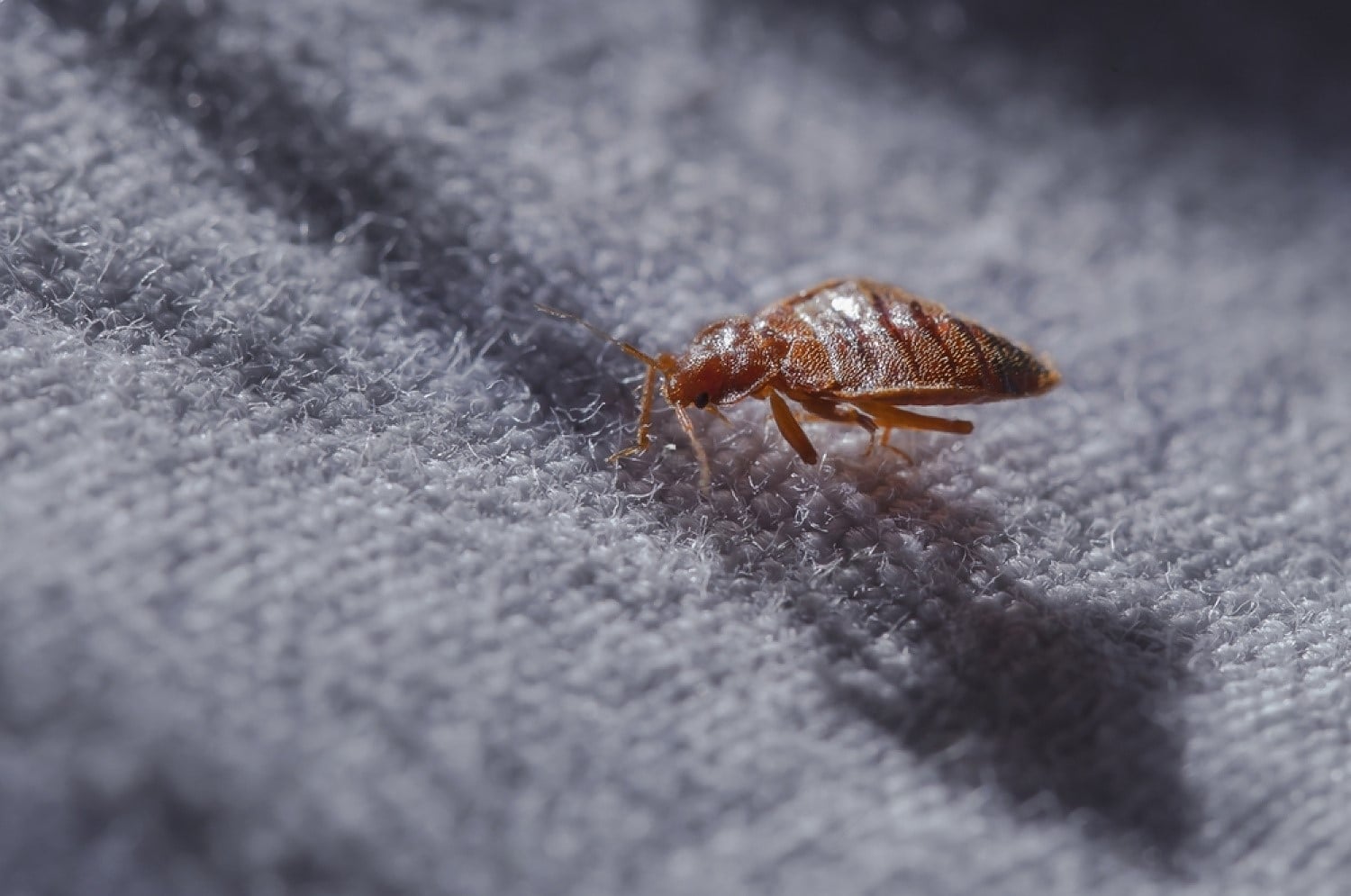Effective A1 Bed Bug Treatment Houston - Get Rid of Bed Vermin
Effective A1 Bed Bug Treatment Houston - Get Rid of Bed Vermin
Blog Article
Understanding the Lifecycle of Bugs for Targeted Control Strategies
Comprehending the lifecycle of pests is an essential element of effective pest monitoring methods. By comprehending the numerous stages of development that parasites go through, an extra accurate and targeted approach can be embraced to control their populaces. This knowledge not just drops light on the susceptabilities within the bug lifecycle but likewise paves the method for executing critical steps that can interrupt their growth and recreation cycles. Through a much deeper understanding of how bugs evolve and prosper, tailored control methods can be designed to attend to details points in their lifecycle, inevitably leading to more effective insect monitoring outcomes.
Value of Recognizing Pest Lifecycle
Understanding the lifecycle of insects is crucial for developing effective and targeted control techniques in bug administration. By understanding the numerous phases a pest experiences from egg to adult, insect control experts can determine weak spots in the lifecycle where treatment can be most effective. For example, recognizing when larvae are most energetic can aid establish the optimum timing for using larvicides. In addition, recognizing the life-span of a parasite varieties can assist in forecasting populace growth patterns and prospective invasion risks.
Furthermore, recognizing the details ecological conditions necessary for each and every phase of the insect's lifecycle can guide choices on environment adjustment or exclusion methods to decrease and disrupt the lifecycle parasite populaces. This knowledge makes it possible for pest administration professionals to apply aggressive steps instead of depending solely on responsive treatments, leading to even more sustainable and lasting bug control solutions. Inevitably, an extensive understanding of pest lifecycles encourages insect control experts to tailor their techniques properly, lessening ecological influences and making best use of control outcomes.
Secret Stages in Bug Development
To effectively execute targeted control techniques in bug monitoring, a critical facet exists in comprehensively identifying and understanding the key stages in pest development. Pest development generally consists of several key stages that are crucial for their lifecycle and management.

Vulnerabilities in Pest Lifecycle
Throughout the various phases of a parasite's lifecycle, distinctive susceptabilities emerge that can be strategically targeted for effective control measures. One essential A1 Bed bug exterminator houston LLC susceptability exists in the egg stage, where pests are often more at risk to particular insecticides or biological control representatives as a result of their soft outer shell, making them less complicated targets for treatment. Furthermore, the larval or nymph phase provides vulnerabilities as pests undertake fast growth and growth, needing high energy intake that can be manipulated by disrupting their food resources or presenting growth preventions. Pupal stages, characterized by stability and change, offer a home window for targeted control through physical obstacles or certain treatments that prevent successful appearance. Lastly, adult parasites, while much more resistant because of their reproductive capacity, can still be prone during breeding or egg-laying activities, which can be interfered with with scent traps or sterilization methods. Comprehending these susceptabilities in the insect lifecycle is essential for establishing precise and effective control approaches that efficiently take care of pest populations while decreasing environmental effect.
Implementing Targeted Control Steps

Applying targeted control measures usually entails a multi-faceted approach. This may consist of environment alteration to make the environment less welcoming to parasites, such as removing standing water for mosquito control or sealing access factors for rats. Additionally, biological control techniques can be made use of, where all-natural killers or pathogens are introduced to keep bug populaces in check.
Integrated Bug Management (IPM) strategies that incorporate different control steps in a coordinated and lasting way are frequently the most reliable in attaining long-term pest monitoring goals. By implementing targeted control actions based on a thorough understanding of parasite lifecycles, bug populations can be properly managed while minimizing threats to human health and the setting.
Improved Pest Administration Practices

In addition, the incorporation of biological control representatives, such as all-natural killers or microorganisms of insects, can help in reducing dependence on chemical pesticides and advertise an extra well balanced ecosystem. Carrying out physical barriers and catches can additionally become part of boosted insect monitoring practices, using safe and targeted services for bug control. Additionally, the use of scents and other semiochemicals can interrupt pest breeding patterns and interaction, resulting in lowered pest populations gradually.
Conclusion
By identifying essential stages in insect development and vulnerabilities in their lifecycle, targeted control steps can be executed to reduce insect populations. Enhanced pest management practices can aid lower the dependence on broad-spectrum chemicals and advertise more sustainable and environmentally pleasant insect control methods.
Understanding the lifecycle of pests is essential for creating reliable and targeted control methods in bug administration. By comprehending the various phases a bug goes with from egg to adult, pest control specialists can determine susceptible points in the lifecycle where treatment can be most successful. Ultimately, a thorough understanding of parasite lifecycles encourages insect control practitioners to customize their methods efficiently, minimizing ecological effects and making the most of control end results.
By executing targeted control measures based on a complete understanding of insect lifecycles, pest populaces can be effectively regulated while reducing threats to human health and wellness and the setting.
By determining key phases in pest advancement and vulnerabilities in their lifecycle, targeted control procedures can be implemented to lessen pest populaces.
Report this page